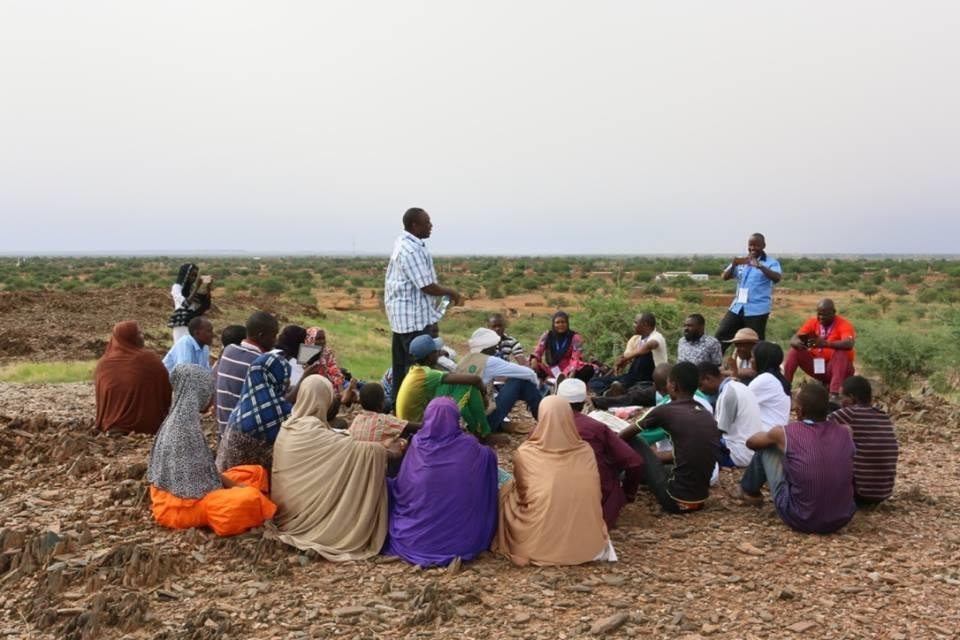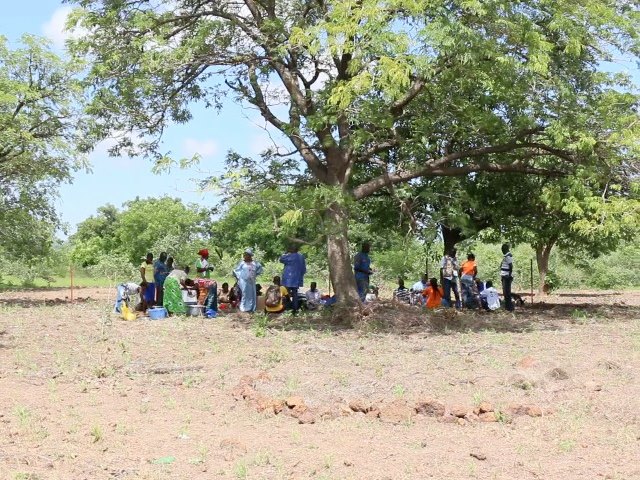Following the two first CBDRM learning exchanges in West Africa, Adessou Kossivi, GNDR’s Regional Development Coordinator for West Africa writes on the multifaceted form resilience can take.
We often think of resilience as the process that makes people and/or infrastructures resilient to shocks whether natural or not. This term is becoming central given the apparent fragile nature of natural and animal resources, including humanity itself. The world is affected by the most terrible disasters and the future is hardly reassuring. It is precisely this that makes it imperative to find solutions that enable humanity and infrastructures to become less vulnerable.
It goes without saying that resilience is opposed to vulnerability (although etymologically both can mean the same thing). Indeed, the capacity of resilience of one community can also mean the vulnerability of another. When speaking of vulnerability, it refers to the notion of severity of a given hazard that would test the resilience system implemented. Several stratagems exist for evaluating the level of resilience or vulnerability of a person, a community.
It is therefore inconceivable to talk about building community resilience without referring first to the quality of the information. Indeed, quality of information helps to provide the affected person with the knowledge needed to take charge of any cyclical situation that would “negatively” hinder the normal course of their life.

